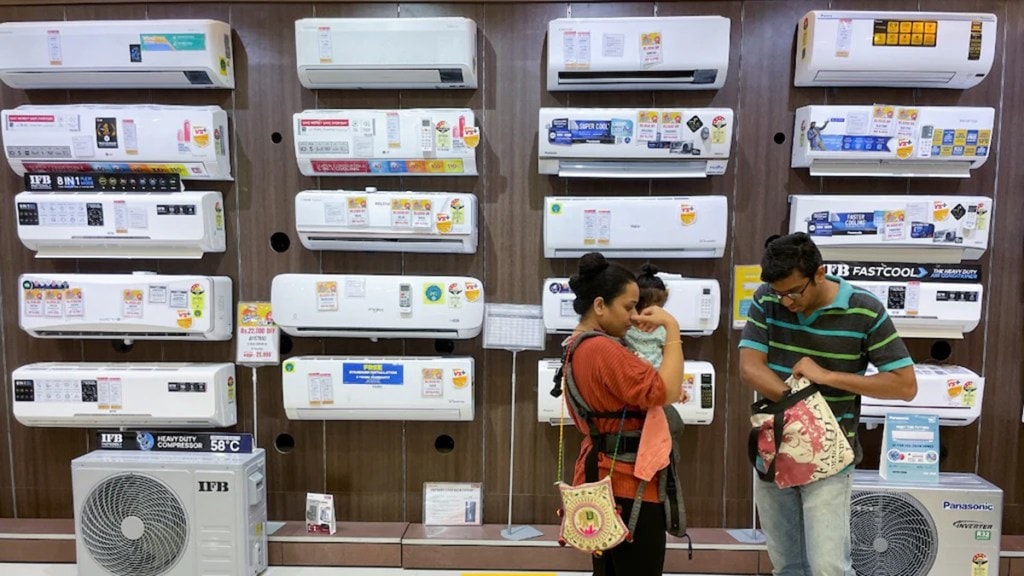Air conditioner (AC) manufacturers may once again struggle to meet peak summer demand if it rises beyond a certain threshold, as the domestic production of compressors remains inadequate. The country currently produces around 6 million compressors annually, significantly short of the estimated requirement of 10 million units. The gap is primarily met through imports, mainly from China. However, delays in the Bureau of Indian Standards (BIS) certification process continue to hamper production and disrupt supply schedules, industry executives said.
According to industry estimates, AC demand is expected to grow by 19-20% annually until 2030. This year, demand is projected to rise by 20% to 12-13 million units. The supply chain for compressors can absorb moderate demand increases, but a sharp spike — such as the 55% surge seen in April-May 2024 — could strain availability.
B Thiagarajan, managing director of Blue Star, noted that if demand remains within a 25% increase from the previous year, the domestic supply chain should be able to cope. However, manufacturers have only planned for a growth of 20-25%, and a significant jump could lead to shortages.
“The demand in 2024 was unprecedented,” Thiagarajan said. “If demand rises abnormally again, meeting it could be a challenge,” he added.
Currently, there are four major compressor manufacturers in India — China’s GMCC, LG Electronics, Highly India, and Daikin.
A Daikin employee stated that the company, which produces around 3 million compressors annually, could manage supply if demand increases by 20% or less. Daikin has also entered a joint venture with Rechi Precision to establish a new rotary compressor facility, but production is expected to begin only in late 2025, too late to address immediate shortages.
Stockpiling AC units in anticipation of higher demand is also a risky strategy. AC sales are highly seasonal, and carrying high inventory levels increases costs. “You are bearing the inventory cost. If ACs do not sell as expected, prices fall, and warehousing and interest costs add up,” Thiagarajan explained.
Adding to manufacturers’ concerns, the Bureau of Energy Efficiency (BEE) has announced stricter efficiency standards for air conditioners, effective from January 1, 2026. This regulatory shift could further impact production planning and stockpiling strategies.
To address long-term supply issues, the government launched a production-linked incentive (PLI) scheme for white goods in 2021 with an outlay of Rs 6,238 crore, aiming to boost domestic production of key AC components, including compressors. However, industry response has been tepid.
According to Satish Meena, an analyst at Datum Intelligence, local value addition under the scheme currently stands at just 15–20%, far below the target of 75–80%. While investments under the PLI scheme have reached Rs 10,478 crore, new compressor plants, such as the Daikin-Rechi JV, will not commence production until late 2025, limiting their immediate impact.
Many companies remain hesitant to manufacture compressors locally due to cost concerns. Thiagarajan noted that Blue Star sells around 1.5 million AC units annually and would only consider setting up a compressor facility once sales reach 2 million. Other major brands like Voltas and Havells continue to rely heavily on imports.
Meena further pointed out that rising copper and aluminum prices could discourage domestic compressor manufacturing, making imports the more attractive option.


